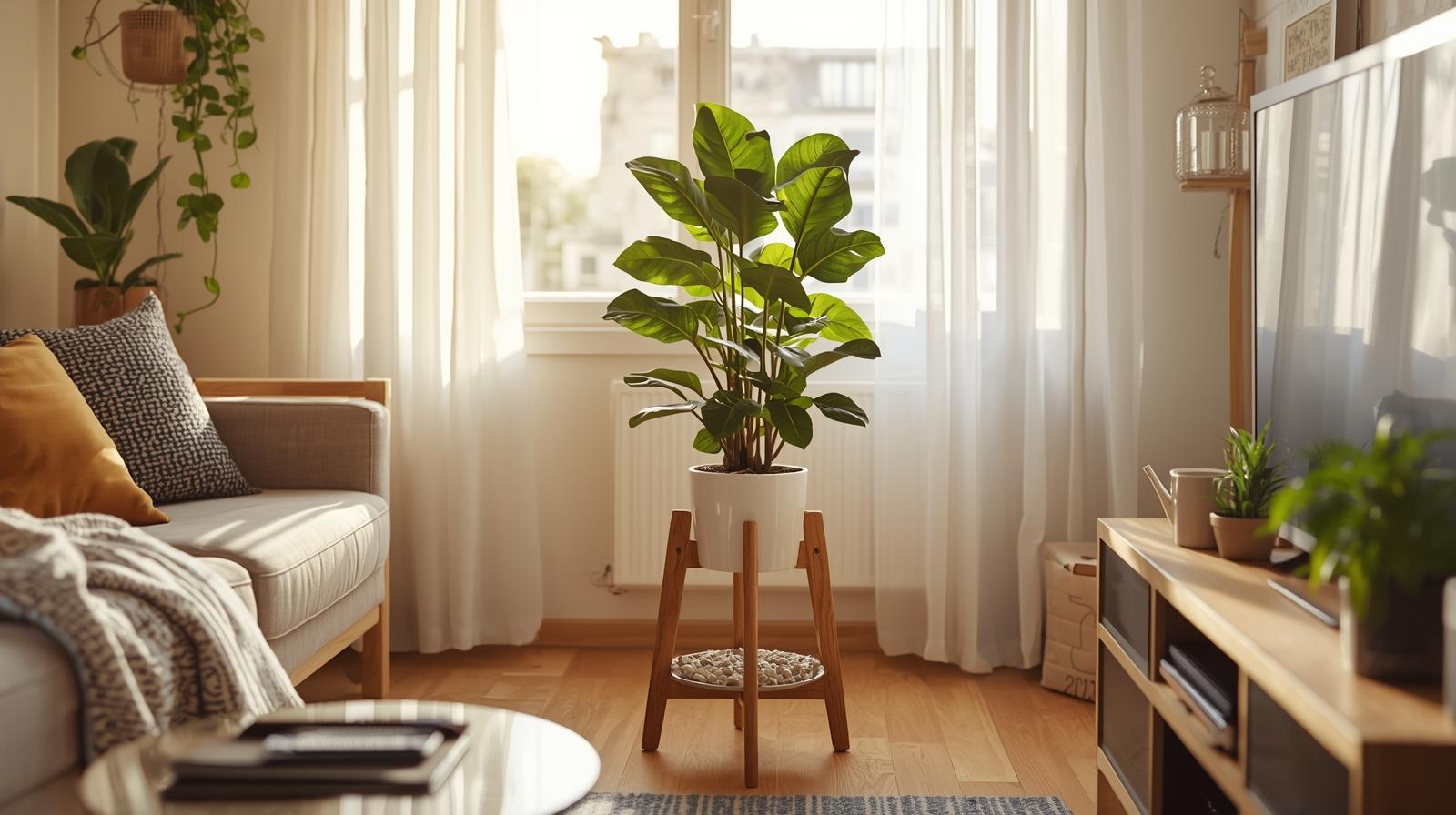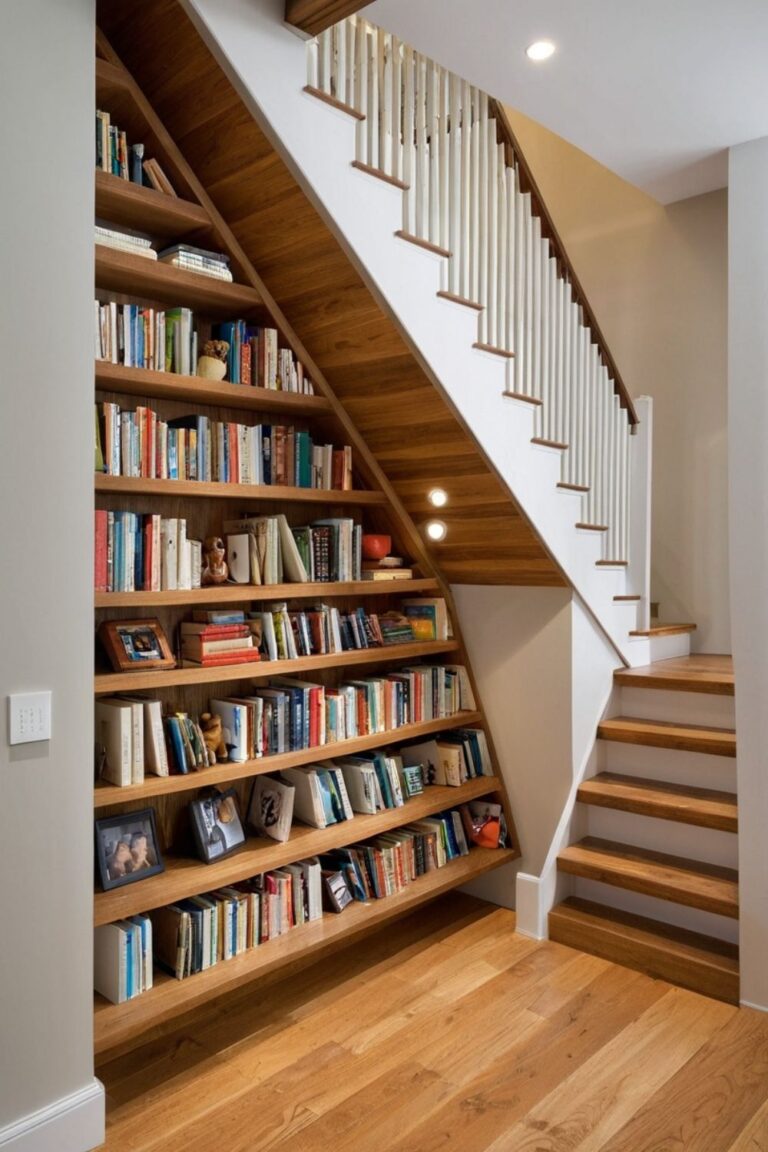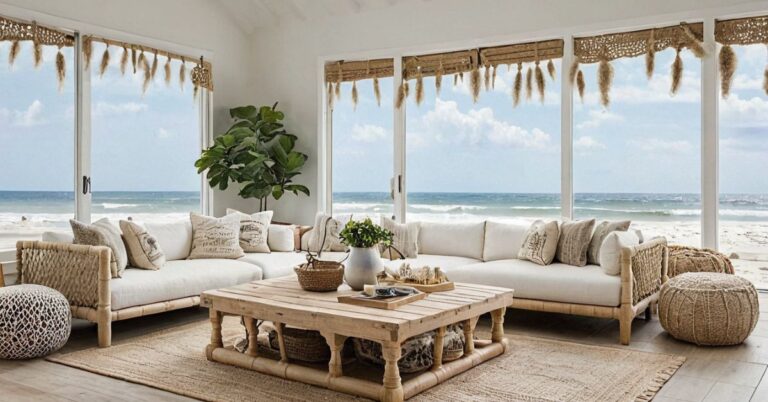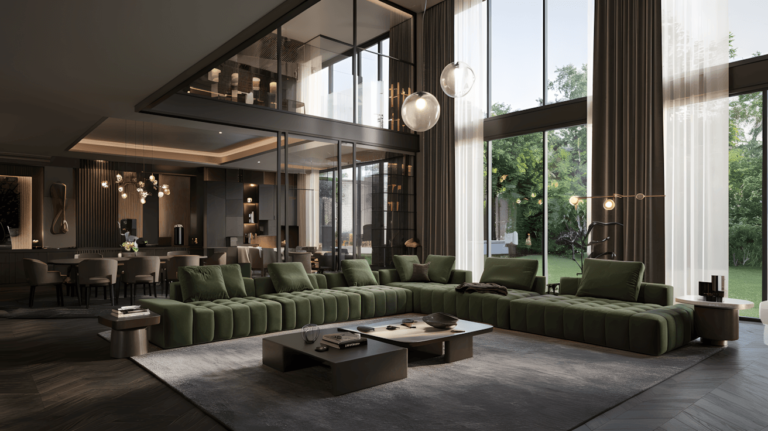Living in a small apartment shouldn’t mean sacrificing the dramatic beauty of fiddle leaf figs. The dwarf fiddle leaf fig (Ficus lyrata ‘Compacta’) has revolutionized how plant enthusiasts approach these stunning specimens, offering all the visual impact of its full-sized cousin in a perfectly manageable package.
After spending years helping apartment dwellers and small-space enthusiasts successfully cultivate these compact beauties, I’ve discovered that dwarf fiddle leaf figs aren’t just smaller versions of regular plants—they’re actually more forgiving, adaptable, and suited to indoor life than their towering relatives.
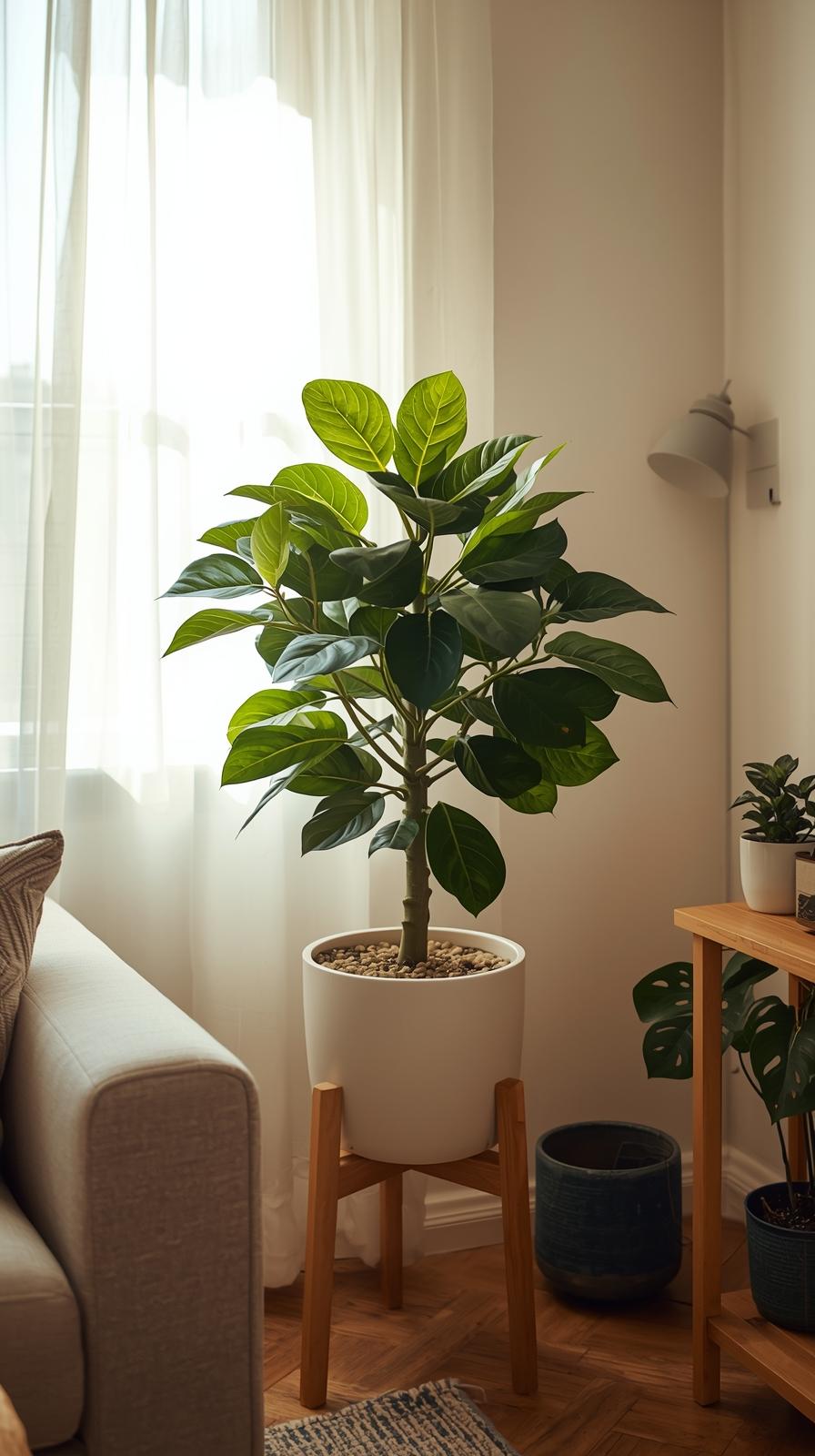
Whether you’re working with a studio apartment, cramped office space, or simply prefer plants that won’t eventually dominate your living room, the dwarf fiddle leaf fig delivers that coveted fiddle leaf aesthetic while remaining beautifully proportioned to human-scale spaces.
The key lies in understanding how their compact nature changes their care requirements and leveraging these differences to create thriving, long-term plant relationships.
Understanding Dwarf Fiddle Leaf Figs
Dwarf fiddle leaf figs represent a true compact variety rather than simply young plants that will eventually grow tall. Ficus lyrata ‘Compacta’ reaches a mature height of just 2-4 feet, making it ideal for tabletops, desks, and smaller floor spaces where full-sized fiddle leafs would be overwhelming.
The most striking characteristic of dwarf varieties is their proportionally smaller leaves that maintain the classic violin shape. These leaves typically measure 4-6 inches long compared to the 12-18 inch leaves of standard varieties, but they retain that glossy, leathery texture and prominent veining that makes fiddle leaf figs so desirable.
What makes dwarf fiddle leaf figs particularly appealing for small spaces is their naturally bushy growth habit. Rather than developing the single-trunk tree form of larger varieties, compacta tends to branch more readily, creating a full, dense appearance that maximizes visual impact within its compact footprint.
The root system of dwarf varieties is proportionally smaller, which actually offers significant advantages for container growing. Smaller roots mean less risk of overwatering issues, more flexibility in pot sizing, and easier management of soil moisture levels that challenge many fiddle leaf fig owners.
In my experience working with both varieties, dwarf fiddle leaf figs demonstrate greater tolerance for less-than-perfect conditions, making them excellent choices for beginners or those who travel frequently and can’t provide constant attention.
Optimal Light Requirements for Small Spaces
Light management in small spaces requires creative solutions, and dwarf fiddle leaf figs offer more flexibility than their larger counterparts. While they still prefer bright, indirect light, their compact size allows for positioning options that wouldn’t work with full-sized plants.
East-facing windows provide ideal morning light that energizes growth without the harsh intensity of afternoon sun. I’ve found that dwarf fiddle leaf figs placed 2-3 feet from east windows develop the most consistent growth patterns and maintain that coveted deep green coloration.
For apartments with limited natural light, supplemental grow lights become particularly effective with dwarf varieties. The smaller canopy means a single LED grow light can provide adequate coverage, making artificial lighting more economical and practical than with larger plants.
South-facing windows require careful management—position dwarf fiddle leaf figs 4-6 feet back from the window or use sheer curtains to filter intense light. The advantage of compact plants is the ability to easily relocate them as lighting conditions change throughout the day or seasons.
One technique I frequently recommend for small spaces involves rotating the plant weekly. The compact size makes this practical, and regular rotation ensures even light exposure that prevents the lopsided growth common with stationary placement.
North-facing windows, while challenging for most fiddle leaf figs, can work for dwarf varieties when combined with reflective surfaces or supplemental lighting. Consider placing mirrors or light-colored surfaces nearby to maximize available light.
Watering and Soil Management
The smaller root system of dwarf fiddle leaf figs fundamentally changes watering requirements in ways that actually benefit small-space gardeners. Compact plants dry out more slowly than large specimens, requiring less frequent watering and reducing the risk of overwatering that kills more fiddle leaf figs than any other factor.
Establish a watering routine based on soil moisture rather than calendar schedules. Insert your finger 2 inches into the soil—water only when this depth feels dry. For dwarf varieties in typical indoor conditions, this usually translates to every 7-10 days during growing season and every 10-14 days during winter.
Soil selection becomes critical with smaller pots and root systems. Use a well-draining potting mix that combines standard potting soil with perlite or bark chips in a 2:1 ratio. This mixture provides adequate drainage while retaining enough moisture for consistent hydration.
Pot selection for dwarf fiddle leaf figs should prioritize drainage over size. Choose containers with multiple drainage holes and avoid pots larger than 2-3 inches wider than the root ball. Oversized pots retain excess moisture and increase root rot risk.
The watering technique matters significantly with compact plants. Water slowly and thoroughly until water drains from the bottom, then empty drainage trays after 30 minutes. This ensures complete soil saturation without creating standing water that damages roots.
Consider bottom watering for dwarf fiddle leaf figs in decorative containers without drainage. Place the nursery pot in a tray of water for 20-30 minutes, allowing the soil to absorb moisture from below while maintaining proper drainage.
Humidity and Environmental Control
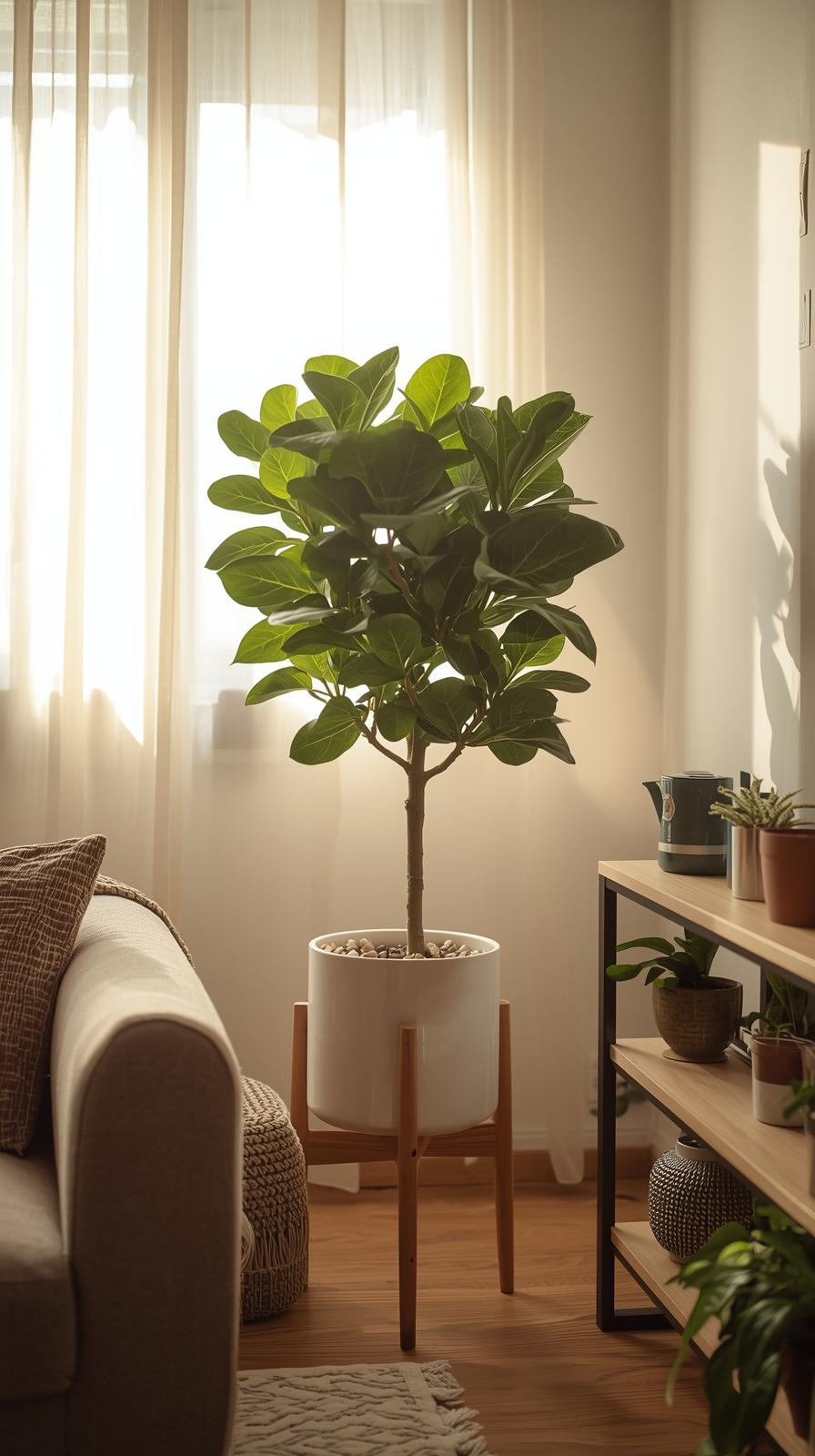
Small spaces offer unique advantages for humidity management that benefit dwarf fiddle leaf figs. The compact environment allows for more precise control of environmental conditions that larger spaces make challenging.
Fiddle leaf figs thrive with 40-60% humidity, levels that many homes don’t naturally maintain, especially during winter heating seasons. The confined space around dwarf varieties makes it practical to create localized humidity zones through grouping plants or using humidity trays.
Humidity trays work exceptionally well with compact plants. Place pebbles in a wide, shallow tray, add water to just below the pebble surface, and position the plant pot on top. As water evaporates, it creates a localized humidity bubble around the plant without making the entire room uncomfortably humid.
Plant groupings naturally increase humidity through transpiration. Position your dwarf fiddle leaf fig near other plants to benefit from their collective moisture release. This technique works particularly well in small apartments where plant collections tend to cluster around light sources.
Temperature consistency matters more than specific temperatures for dwarf fiddle leaf figs. They prefer temperatures between 65-75°F but adapt well to typical indoor ranges. Avoid placing plants near heating vents, air conditioning units, or drafty windows where temperature fluctuations stress the plant.
Air circulation prevents fungal issues without requiring elaborate ventilation systems. A small fan on low speed, positioned to create gentle air movement around the plant, provides adequate circulation in most small spaces.
Pruning and Shaping for Compact Growth
The manageable size of dwarf fiddle leaf figs makes pruning and shaping accessible to plant parents who might feel intimidated by larger specimens. Regular maintenance keeps plants healthy while maximizing their aesthetic impact in limited spaces.
Pruning timing follows natural growth cycles—early spring provides the best results as plants enter their active growing season. Remove any dead, damaged, or yellowing leaves first, as these drain energy from healthy growth.
Encourage bushy growth by pinching growing tips when the plant reaches desired height. This technique, called “topping,” stimulates lateral branching that creates the full, compact appearance ideal for small spaces. Make clean cuts just above leaf nodes using sharp, sterile scissors.
Leaf cleaning becomes more important with compact plants since each leaf contributes significantly to the overall appearance. Wipe leaves monthly with a damp cloth to remove dust that blocks light absorption and reduces photosynthesis efficiency.
Shape maintenance requires regular attention to growth patterns. Dwarf fiddle leaf figs naturally grow toward light sources, so weekly rotation prevents lopsided development while maintaining symmetrical appearance.
Remove lower leaves strategically to create a more tree-like appearance if desired. This technique works particularly well when the plant is positioned on the floor, creating clear sightlines underneath while maintaining full canopy coverage above.
Fertilization and Growth Management
Dwarf fiddle leaf figs require less frequent fertilization than full-sized varieties, making them ideal for busy lifestyles or those new to plant care. The reduced growth rate means nutrients are utilized more slowly, reducing both fertilizer costs and application frequency.
Use balanced liquid fertilizer diluted to half strength every 4-6 weeks during growing season (March through September). Over-fertilization causes more problems than under-fertilization, particularly with compact varieties that can’t process excess nutrients as quickly as larger plants.
Organic fertilization options work exceptionally well with dwarf fiddle leaf figs. Worm casting tea, applied monthly during growing season, provides gentle, slow-release nutrition that won’t burn roots or cause excessive growth spurts that compromise plant structure.
Growth rate expectations should align with the compact nature of these plants. Expect 2-4 new leaves per growing season under optimal conditions. This slower growth rate means changes in care routines take longer to show results but also provides more time to correct issues before they become serious.
Seasonal adjustments matter significantly for dwarf varieties. Reduce fertilization to every 8-10 weeks during winter months when growth slows naturally. This respects the plant’s dormant period while maintaining baseline nutrition.
Monitor new growth for signs of nutrient deficiency or excess. Pale green new leaves often indicate insufficient nitrogen, while unusually rapid growth with weak stems suggests over-fertilization that should be corrected immediately.
Troubleshooting Common Issues
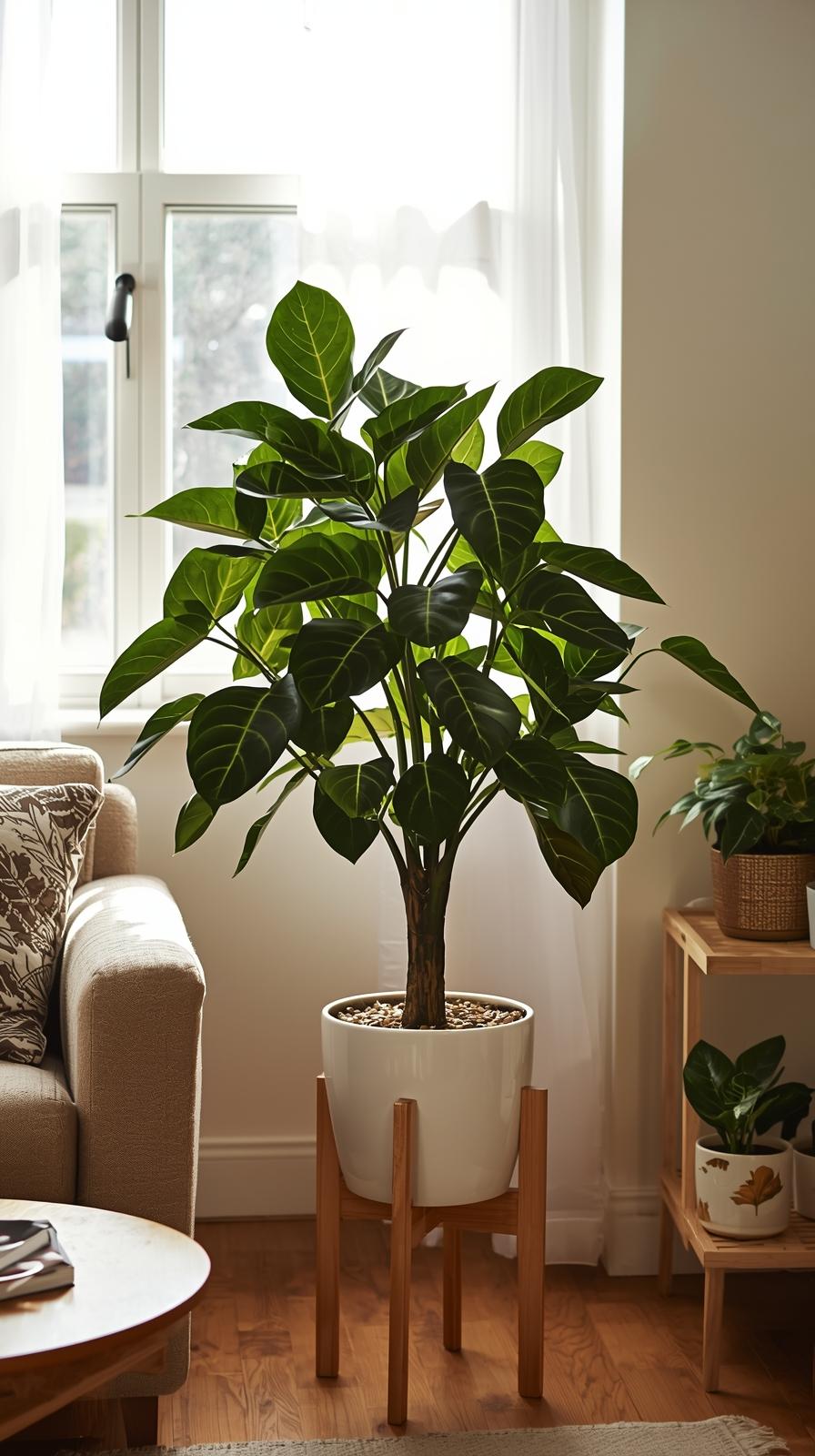
The compact nature of dwarf fiddle leaf figs creates unique troubleshooting scenarios that differ from full-sized plant problems. Understanding these differences enables quick resolution of issues before they compromise plant health.
Leaf drop in dwarf varieties often indicates watering inconsistencies rather than the dramatic environmental changes that affect larger plants. Check soil moisture levels and adjust watering frequency before making other environmental changes.
Brown leaf edges typically result from low humidity or fluoride in tap water. Increase humidity through trays or groupings, and switch to filtered or distilled water if municipal water contains high fluoride levels common in many areas.
Slow growth shouldn’t automatically trigger concern with dwarf varieties. These plants naturally grow more slowly than standard fiddle leaf figs. Evaluate growing conditions—light, water, and nutrition—before assuming growth rate problems.
Pest management becomes easier with compact plants since thorough inspection and treatment are more manageable. Check weekly for spider mites, scale, or mealybugs, paying particular attention to leaf undersides and stem joints where pests typically establish.
Root bound conditions develop slowly with dwarf varieties but require attention when they occur. Signs include water running straight through the pot, extremely rapid soil drying, or roots growing through drainage holes. Repot in spring using a container only 1-2 inches larger than the current pot.
Long-Term Success Strategies
Sustainable care for dwarf fiddle leaf figs involves developing routines that work with your lifestyle while meeting the plant’s needs consistently. The compact nature of these plants makes long-term success more achievable than with larger specimens.
Seasonal care adjustments prevent common problems before they develop. Reduce watering frequency in winter, increase humidity during heating season, and provide additional light during shorter days to maintain consistent growing conditions year-round.
Record keeping, while not essential, helps identify patterns and optimize care routines. Note watering dates, fertilization schedules, and any changes in appearance to develop understanding of your specific plant’s needs and responses.
Location flexibility represents one of the greatest advantages of dwarf fiddle leaf figs. Their size allows for seasonal repositioning—closer to windows during winter for maximum light, further back during intense summer months, or temporary relocation during travel or home changes.
Propagation provides opportunities to expand collections or share with friends while maintaining genetic material from successful plants. Dwarf fiddle leaf figs propagate readily through stem cuttings, creating new plants that maintain the compact characteristics of parent plants.
The beauty of dwarf fiddle leaf figs lies not just in their compact convenience, but in their ability to bring the sophisticated elegance of these coveted plants into spaces where full-sized specimens would be impractical or overwhelming.
Their forgiving nature, combined with manageable size and proportional beauty, makes them ideal companions for small-space living without compromising on the dramatic visual impact that makes fiddle leaf figs so desirable.
With proper understanding of their unique requirements and advantages, these compact beauties can thrive for years, providing the same satisfaction and plant parent pride as their larger relatives while fitting seamlessly into modern, space-conscious lifestyles.

